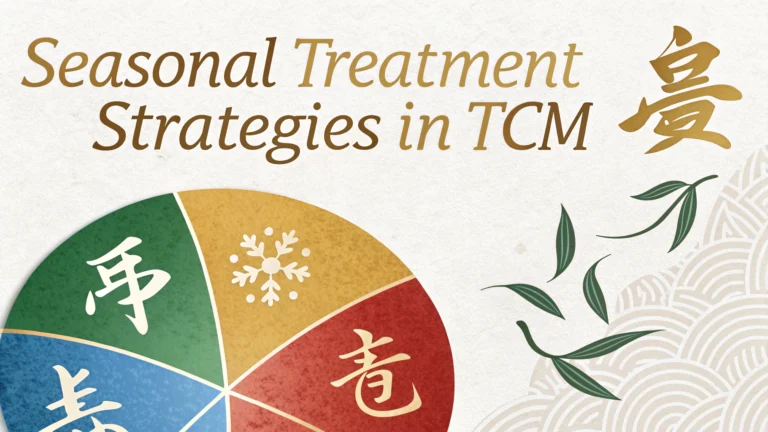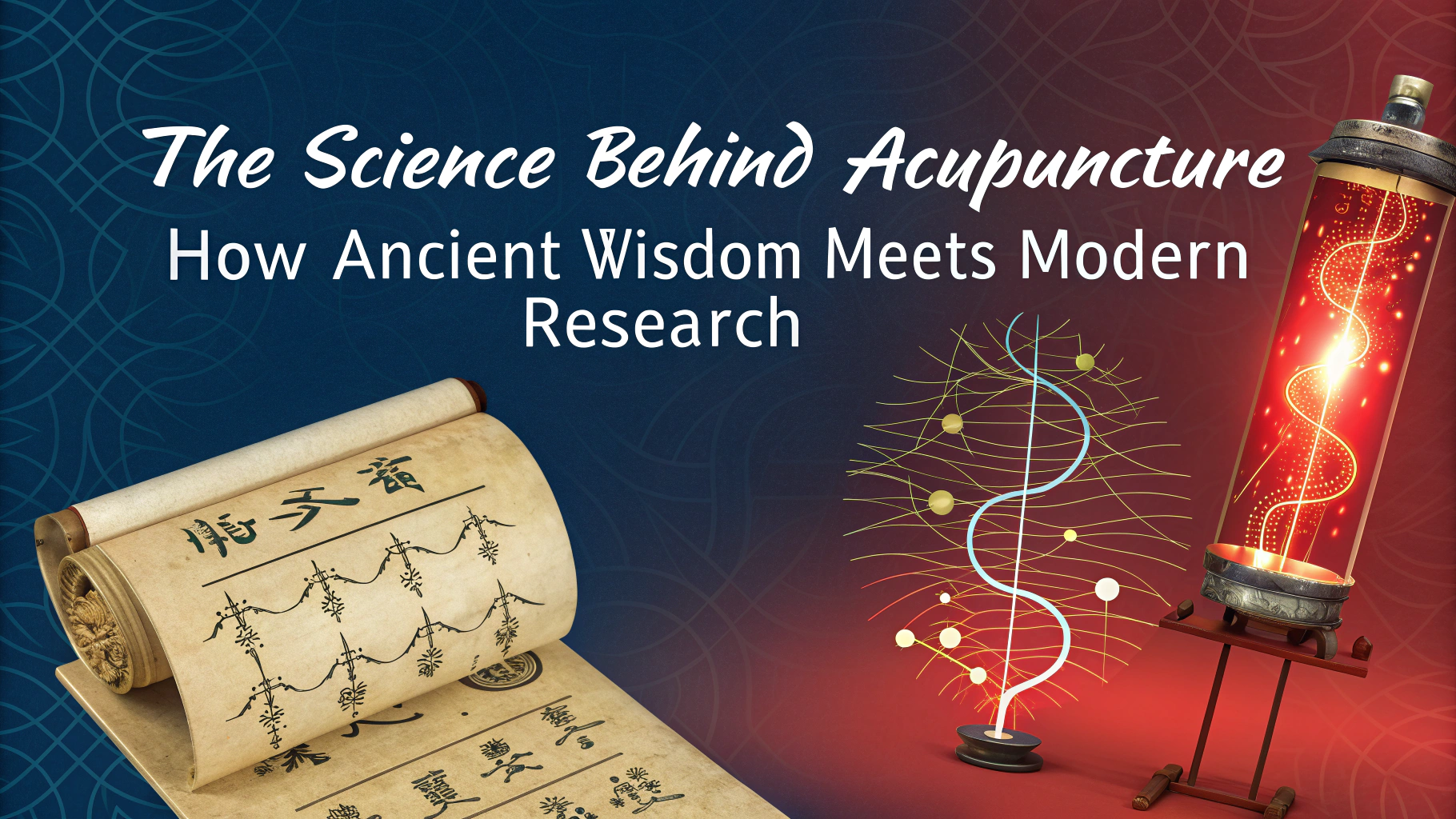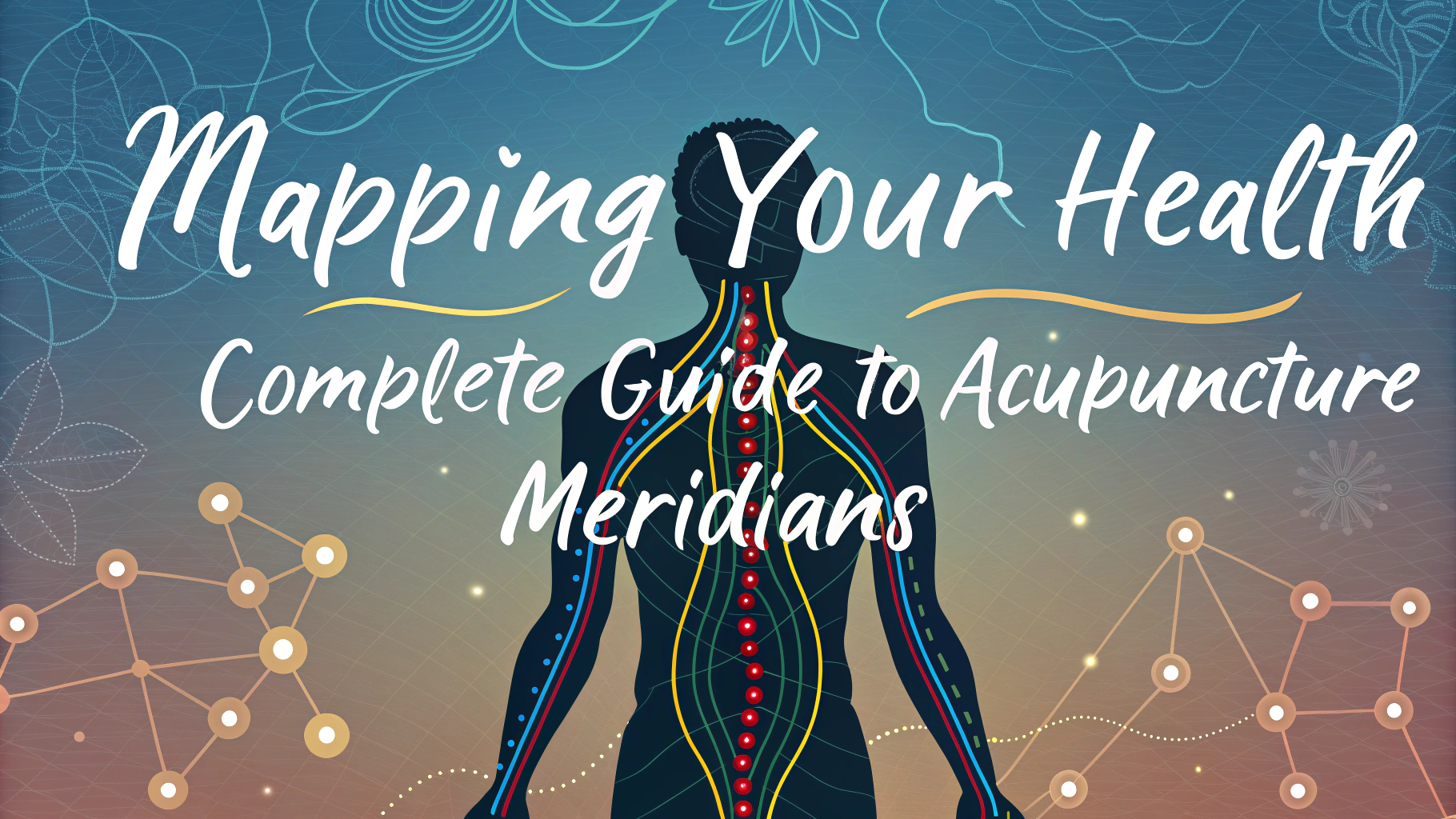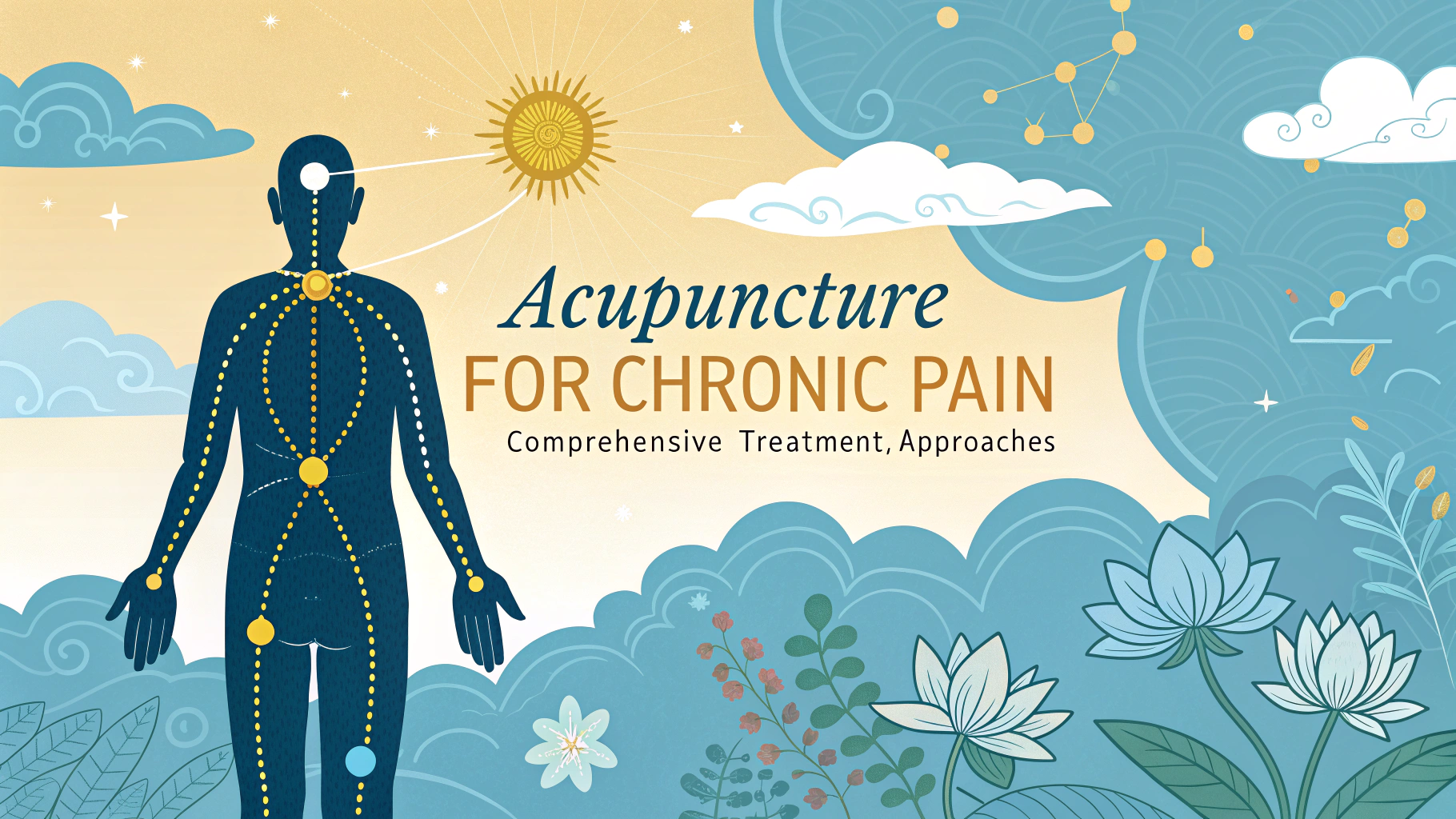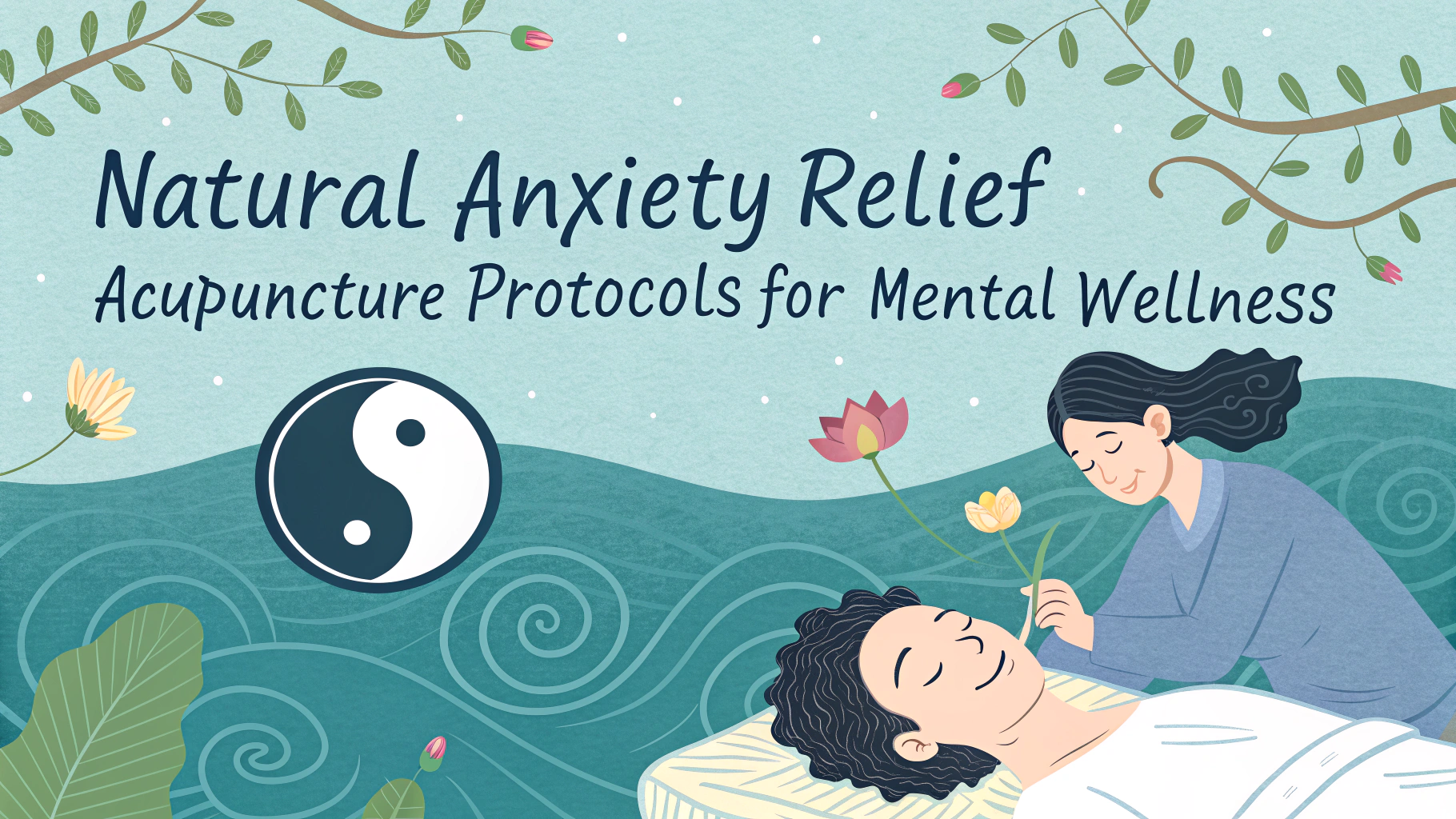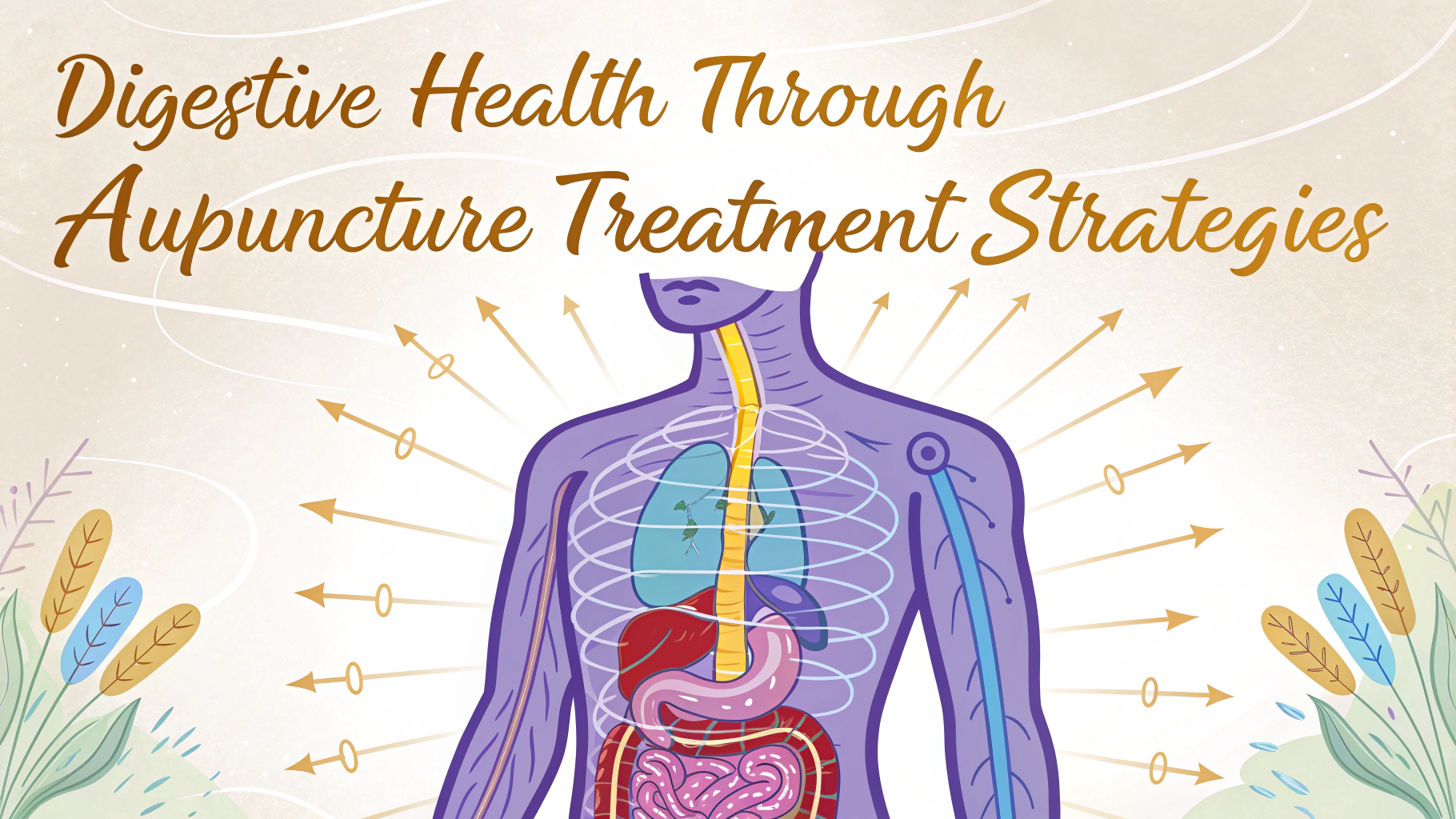Athletic recovery has become a key focus for sports professionals and enthusiasts seeking to maximize performance and minimize injury risks.
Acupuncture, an ancient Chinese medical practice, offers athletes a natural approach to speed up recovery, reduce muscle soreness, and enhance overall performance.
This guide explores how acupuncture can benefit athletes, supported by recent research and practical applications in sports medicine.
How Acupuncture Aids Athletic Recovery
- Reduces inflammation and muscle soreness
- Improves blood circulation to injured areas
- Releases natural pain-killing endorphins
- Accelerates healing of soft tissue injuries
- Decreases recovery time between training sessions
Best Times for Treatment
Athletes should schedule acupuncture sessions 24-48 hours after intense training for optimal recovery benefits.
| Timing | Purpose |
|---|---|
| Pre-competition | Muscle relaxation, mental preparation |
| Post-competition | Pain relief, inflammation reduction |
| During training | Injury prevention, performance enhancement |
Specific Benefits for Different Sports
Each sport requires different acupuncture points and treatment approaches.
- Runners: Focus on lower body points, particularly around ankles and knees
- Swimmers: Emphasis on shoulder and upper body meridians
- Weight trainers: Treatment of major muscle groups and joints
- Team sports: Combination approach based on position and movement patterns
Finding a Sports Acupuncturist
Look for practitioners certified by the National Certification Commission for Acupuncture and Oriental Medicine (NCCAOM).
Contact the American Association of Acupuncture and Oriental Medicine at (301) 291-2237 for referrals to qualified practitioners.
Treatment Frequency Guidelines
- Active training: 1-2 sessions per week
- Injury recovery: 2-3 sessions per week
- Maintenance: 1-2 sessions per month
- Pre-competition: 1-2 sessions in the week before
Maximizing Treatment Results
Stay well-hydrated before and after treatments to enhance their effectiveness.
- Wear loose, comfortable clothing
- Eat a light meal 2 hours before treatment
- Avoid intense exercise immediately after sessions
- Keep detailed notes about treatment responses
Taking Your Recovery Further
Combine acupuncture with other recovery methods like proper nutrition, adequate sleep, and gentle stretching for best results.
Contact a qualified sports acupuncturist to develop a personalized treatment plan aligned with your training schedule and recovery needs.
Safety Considerations
While acupuncture is generally safe, athletes should be aware of important precautions.
- Inform practitioners about existing injuries or conditions
- Disclose all medications and supplements
- Report any unusual reactions during treatment
- Allow adequate rest between treatments and training
Integrating with Training Programs
Periodization Considerations
- Adjust treatment frequency during different training phases
- Increase sessions during high-intensity periods
- Reduce frequency during tapering phases
- Plan treatments around competition schedule
Recovery Protocols
- Combine with active recovery sessions
- Coordinate with strength training schedule
- Adjust based on training load
- Monitor treatment response patterns
Cost and Insurance Considerations
Many insurance plans now cover sports acupuncture treatments. Check coverage details and consider these options:
- Health Savings Account (HSA) funding
- Flexible Spending Account (FSA) usage
- Sports team coverage programs
- Package treatment discounts
Embracing Natural Athletic Enhancement
Acupuncture offers athletes a powerful, natural tool for optimizing performance and recovery. Regular treatments, combined with proper training and recovery protocols, can significantly enhance athletic achievements while maintaining long-term health.
- Start with a consultation to assess your needs
- Develop a personalized treatment schedule
- Monitor and adjust treatments as needed
- Maintain open communication with your practitioner
FAQs
- What exactly is acupuncture and how does it help with athletic recovery?
Acupuncture involves inserting thin needles into specific points of the body to stimulate healing. For athletes, it helps reduce inflammation, increases blood flow, releases muscle tension, and triggers the body’s natural pain-relieving endorphins. - How soon after training or competition should athletes get acupuncture?
Athletes can receive acupuncture 24-48 hours after intense training or competition. For injury treatment, immediate treatment is beneficial, while regular maintenance sessions can be scheduled during training periods. - Does acupuncture treatment hurt when used for athletic recovery?
Most athletes experience minimal to no pain during treatment. While some points may cause brief discomfort, the needles are extremely thin and most people feel only a slight sensation upon insertion. - What specific conditions in athletes can acupuncture help with?
Acupuncture effectively treats muscle strains, ligament sprains, tendonitis, joint pain, plantar fasciitis, tennis elbow, runner’s knee, and general muscle soreness from training. - How many acupuncture sessions are needed for athletic recovery?
Acute injuries typically require 4-6 sessions over 2-3 weeks. For maintenance and prevention, athletes often benefit from bi-weekly or monthly sessions during training seasons. - Can acupuncture help prevent sports injuries?
Yes, regular acupuncture sessions can help prevent injuries by improving muscle flexibility, reducing tension, enhancing blood flow, and maintaining proper muscle balance and function. - Is there any research supporting acupuncture’s effectiveness for athletes?
Multiple studies have shown acupuncture’s effectiveness in reducing muscle fatigue, improving recovery times, and decreasing inflammation. Research particularly supports its use for pain management and muscle recovery. - Are there any side effects athletes should be aware of when getting acupuncture?
Minor bruising or soreness at needle sites may occur but typically resolves within 24 hours. Some athletes experience temporary fatigue or mild lightheadedness immediately after treatment. - Should athletes combine acupuncture with other recovery methods?
Yes, acupuncture works well with other recovery techniques like massage, physical therapy, proper nutrition, and adequate rest. This integrated approach often provides optimal results. - How long should athletes wait after acupuncture before returning to training?
Light training can resume 4-6 hours after treatment. For intense training or competition, waiting 24 hours is recommended to allow full integration of the treatment’s benefits.
